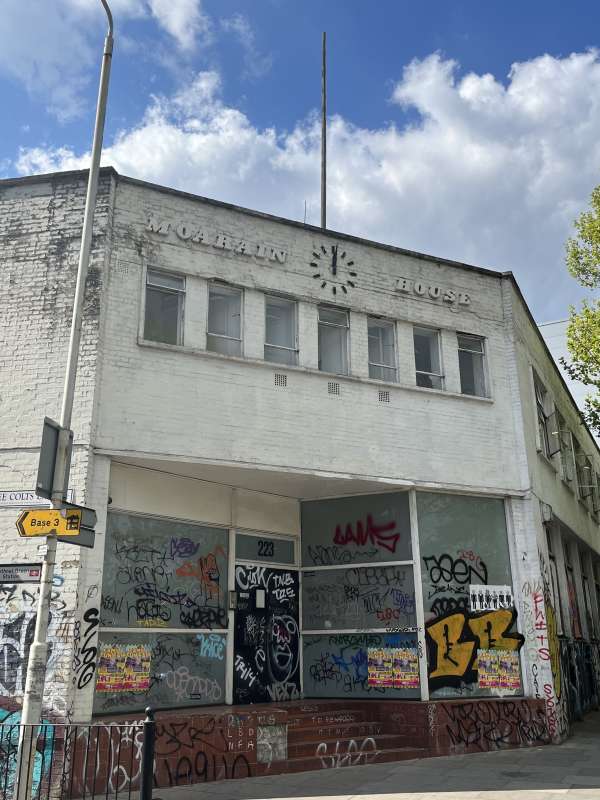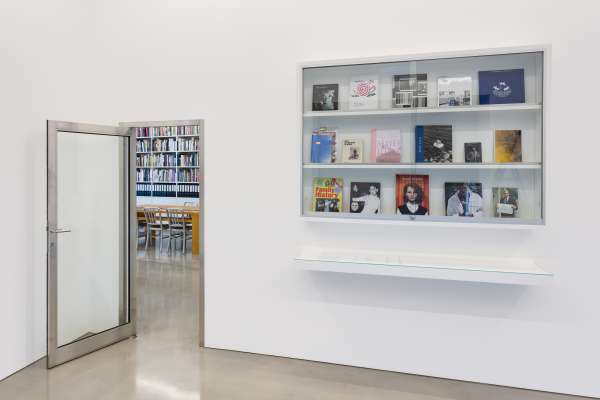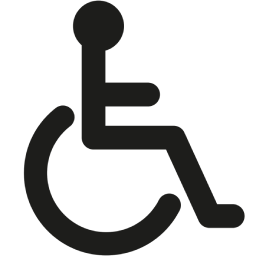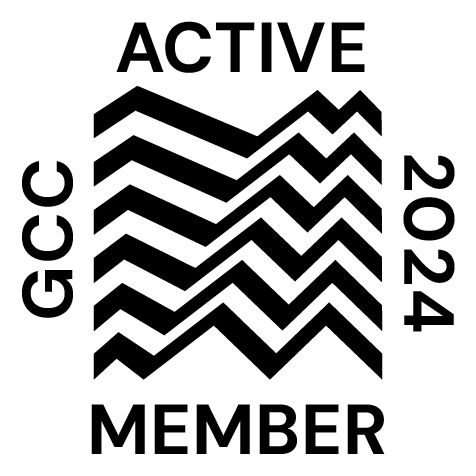Overview
-
 London Gallery Weekend’s East End Art Walk for Access, Intimacy, and Independent Space.
London Gallery Weekend’s East End Art Walk for Access, Intimacy, and Independent Space.This walk through London’s East End highlights the intimacy of independent art spaces and the importance of accessible design both physically and curatorially. These galleries, often housed in converted warehouses or tucked beneath train arches, combine reflection in sophistication and the DIY ethos of East London’s creative communities while being increasingly conscious of who gets to engage with art, and how.
As someone who cycles and lives locally, I wanted to offer a slower curated route for this year's London Gallery Weekend: something grounded in the tactile experience of the street. As such, all the galleries on this route are accessible to wheelchair users. These are spaces where art feels close, personal, and present, and where care in the architectural, social, and political is evident in different forms.
This curated walk explores East London’s vibrant art scene, focusing on galleries that champion digital innovation, diverse and queer narratives. Each stop offers a unique perspective on contemporary art, from immersive digital experiences to intimate queer expressions, all within accessible venues that welcome diverse audiences.
Start your day with a hearty breakfast at the iconic family-run Italian café E. Pellici, on Bethnal Green Road. They offer outdoor covered seating and can accommodate wheelchair users with advance notice. It's a welcoming and accessible spot to begin your art-filled day.
Then, head ten minutes round the corner to Annka Kultys Gallery, which is celebrating their 10 year anniversary with an exhibition of works by Louisa Clement. Clement's works address the human presence in the artificial as well as the artificial presence in the human. She reflects on the living conditions and themes of a western, urban present, which is confronted with new forms of communication, standardisation and transformation.
Following that, you have some options that are all within a stone’s throw of one another. You could head to Soft Opening on Minerva Street, which is holding a group show titled Something where there should be nothing. Thinking through spatiality, permeability and residuality, many of the works in this exciting exhibition address a felt absence directly, while others simply refer to it or indeed disrupt it. Formally, materially and conceptually, throughout the exhibition, this group of artists continually interrogates the invisible forces that seek to govern our existence.
Alternatively, Rose Easton—known for its ambitious exhibitions that transform the space to build immersive worlds around the work—is on Cambridge Heath Road. They are exhibiting works by the Swedish artist Amanda Moström, who deals primarily with the erotic. Moström takes inspiration from the writing of the theorist Audre Lorde, who reclassified eroticism from the strictly pornographic or explicit as "the personification of love in all its aspects." The resulting works coax the viewer, made complicit by the act of looking, into confronting their own boundaries and preconceptions.
Or, to Maureen Paley, exhibiting Kayode Ojo, whose works employ a process of sourcing, collecting and displaying objects. His sculptures reveal how items can confer social status upon their owner, examining the artifice of taste and the aspirations associated with it. Though the sculptures reflect on the markers of excess and accumulation, these carefully staged compositions also embrace the fragility and impractical beauty of their objects. Just round the corner from Maureen’s main exhibition space is Studio M, the gallery’s project space for experimental and emerging work, which is showing work by Chioma Ebinama. The show explores contemporary femininity and how it has been shaped through narratives spanning myth and manga, while also championing the potential for love to be a space for liberation.
If you get hungry at any point along the way, I would recommend going to The Vagina Museum, which is in the vicinity of all of these galleries. They have seating and allow packed (nut-free) lunches. Great for combining with a bathroom stop and a brief museum browse.
Alternatively, for a sunny day, if you don’t mind waiting for a table, you could head to Towpath Café, a lovely waterside option!
From here, you can ride or walk up to Haricot Gallery, an intimate, artist-led space. Email ahead for access needs, they’ve been known to assist where possible. The exhibition, titled Miracle State, is Hetty Douglas’s first solo show in London. It can be described as the ‘inner drugstore,’ with shelves stocked with the addiction of excitement, the poison of shame, false fears, and the seduction of self-abandonment. Each work measures the weight of these learned beliefs against the reforming power of hope.
End your route at Victoria Miro on Wharf Road. Celebrating its 40th anniversary, Victoria Miro is holding a very special exhibition celebrating the extraordinary artists who have shaped the gallery since its founding in 1985.
If you fancy a drink head to Well Street’s La Camionera, a queer and friendly bar with excellent drinks and rotating displays of art. Ideal to end the day with conversation and reflection. Accessible, but call ahead if you’re unsure about mobility needs!
All selected stops either have step-free access or make accommodations with advance notice. Paths between galleries are mostly flat and paved; avoid unpaved alleyways. Buses and short Ubers can fill in any longer stretches for those needing breaks.
______
Top of page: Juliette Larthe, photo by @cherryauhoni.
-










